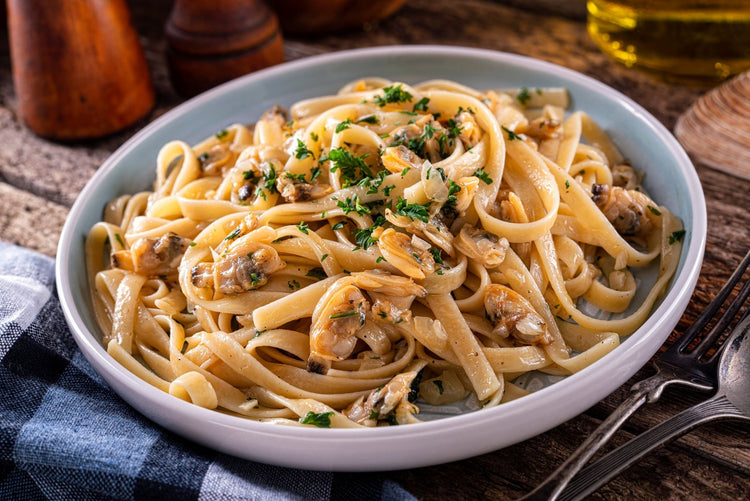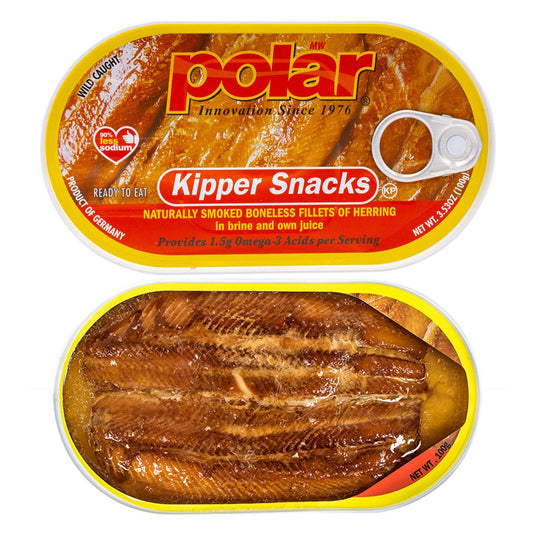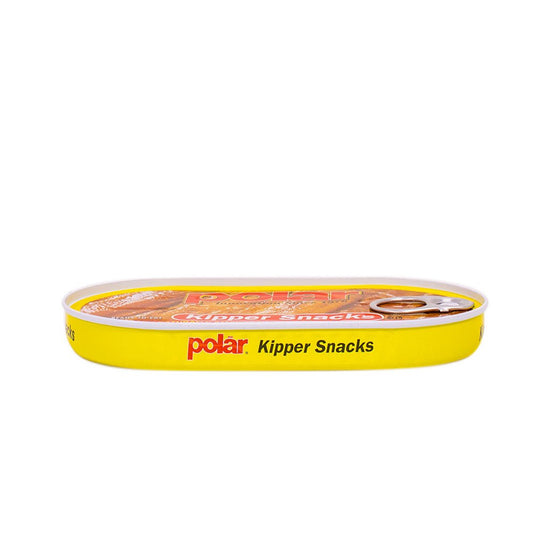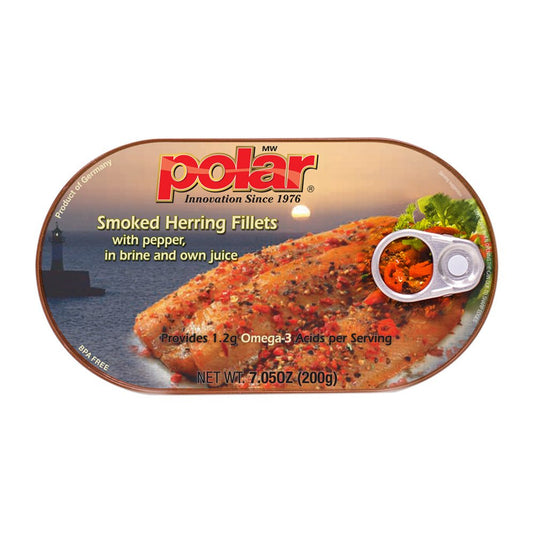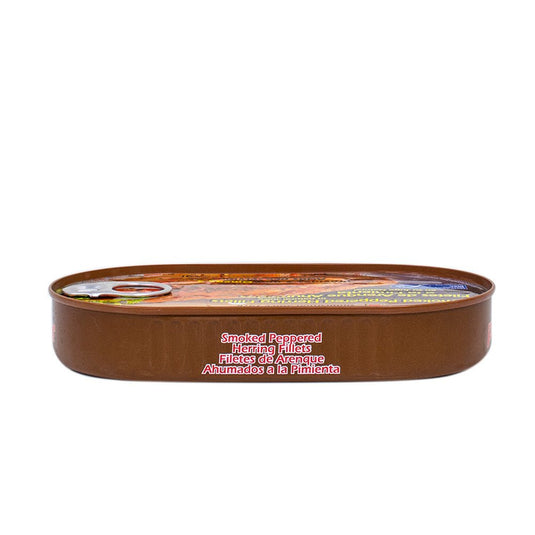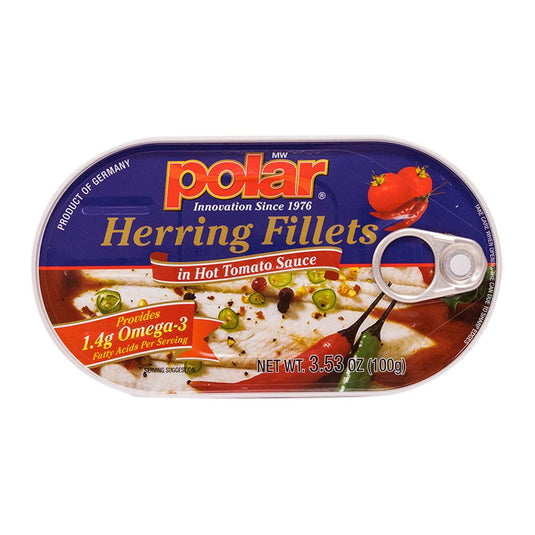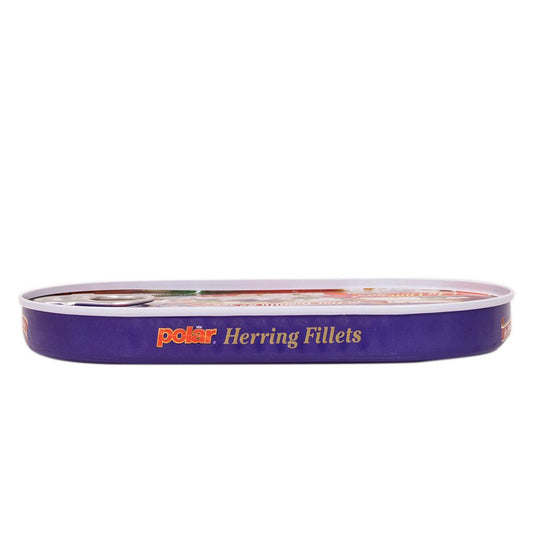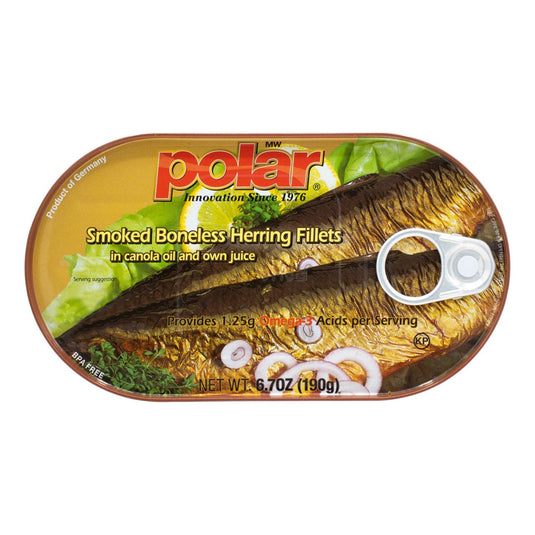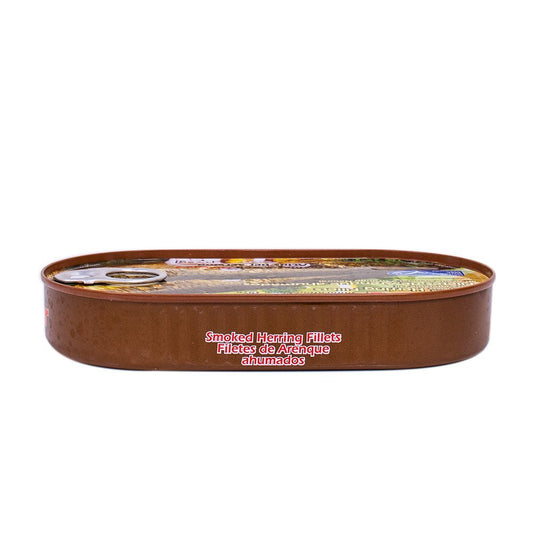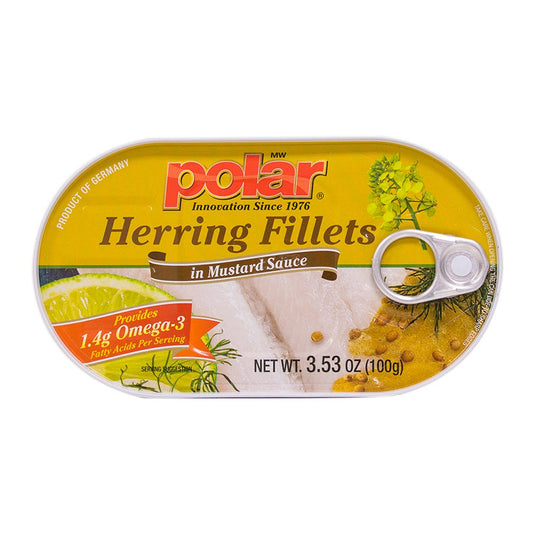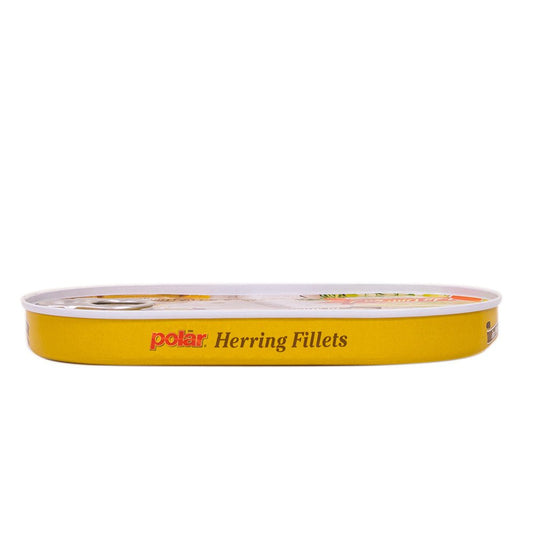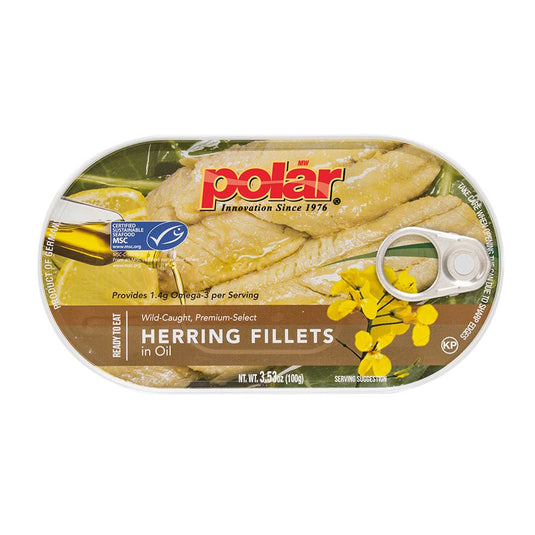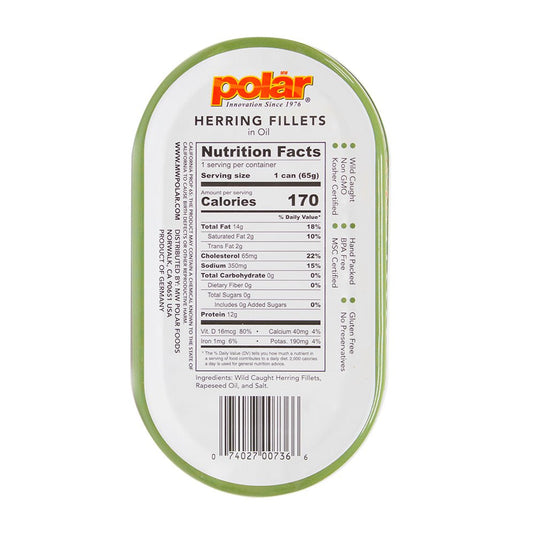Looking for a simple seafood dinner recipe? Want to elevate your canned seafood to a fine dining experience at home?
Prep Time: 10 mins
Cook Time: 20 mins
Total Time: 30 mins
Serving: 4
Ingredients for Linguine with Canned Clams:
1 lb linguine
5 tablespoons extra virgin olive oil
8 cloves garlic
¼ teaspoon crushed red pepper flakes
½ cup dry white wine
3 10 oz Whole Baby Clams
¼ cup Italian flat-leaf parsley
2 tablespoons butter
2 cups reserved pasta water
Instructions:
- Slice up 8 cloves of garlic and mince ¼ cup of Italian parsley.
- Using 3 10 oz cans of Polar Whole Baby Clams, separate the clams from the juice and reserve both.
- Bring a large pot of water to boil. Don’t forget to salt your water for the pasta. In another large pan, heat the pan up to medium-low and add 5 tablespoons for extra virgin olive oil. Add in sliced garlic and cook about 3 – 5 minutes or until garlic in golden but not burnt. Add a ¼ teaspoon of crushed red pepper flakes. In the meantime, add 1 pound of linguine to the salted boiling water and cook until 2 minute less than al dente (based on timing on the pasta box).
- Add a ½ cup of dry white wine and turn the heat up to medium-high. Cook for 2 – 3 minutes until the wine cooks down to about half the amount.
- Add the reserved clam juice and turn the heat down to medium-low.
- Add the baby clams to the pan and mix well. Simmer the sauce while waiting for pasta.
- Add the pasta into the pan of clam sauce and mix and to emulsify the sauce. (Reserve 2 cups of pasta water). Don’t worry if the sauce still has a lot of liquid. Since we cooked the pasta 2 minutes less to al dente, cooking it in the sauce will help the linguine continue to cook.
- Cook the pasta in sauce for 1 – 2 minutes or until the pasta reaches al dente. If more sauce is needed, add a few ounces of the reserved pasta water till desired amount.
- Removed from heat. Add 2 tablespoons of cold butter and parsley. Mix well. Add salt and pepper if needed.
I like to sprinkle on some fresh shredded parmesan cheese and a bit more of red pepper flakes before plating!
Tips:
- Canned clams. Canned seafood is wonderful to keep in your shelf or pantry. I typically keep a several cans of baby clams, brisling sardines, tuna, and kipper snacks for when I want a quick snack or make a simple meal.
- Salt level. Clams can be saltier for some people, as is the salted pasta water. So make sure you sample a little bit of clam sauce while cooking to see if you need more salt. Remember, the pasta will also be a bit salty due to the pasta water. Always taste while cooking.
- Reheat your leftover. Can’t finish dinner and want to save it for lunch tomorrow? Add 1 – 2 tablespoons of water to the leftover before reheating it in a microwave.
Feel free to share your results on Facebook, Instagram, Twitter, Tik Tok, or any social media and tag us at @mwpolar !

